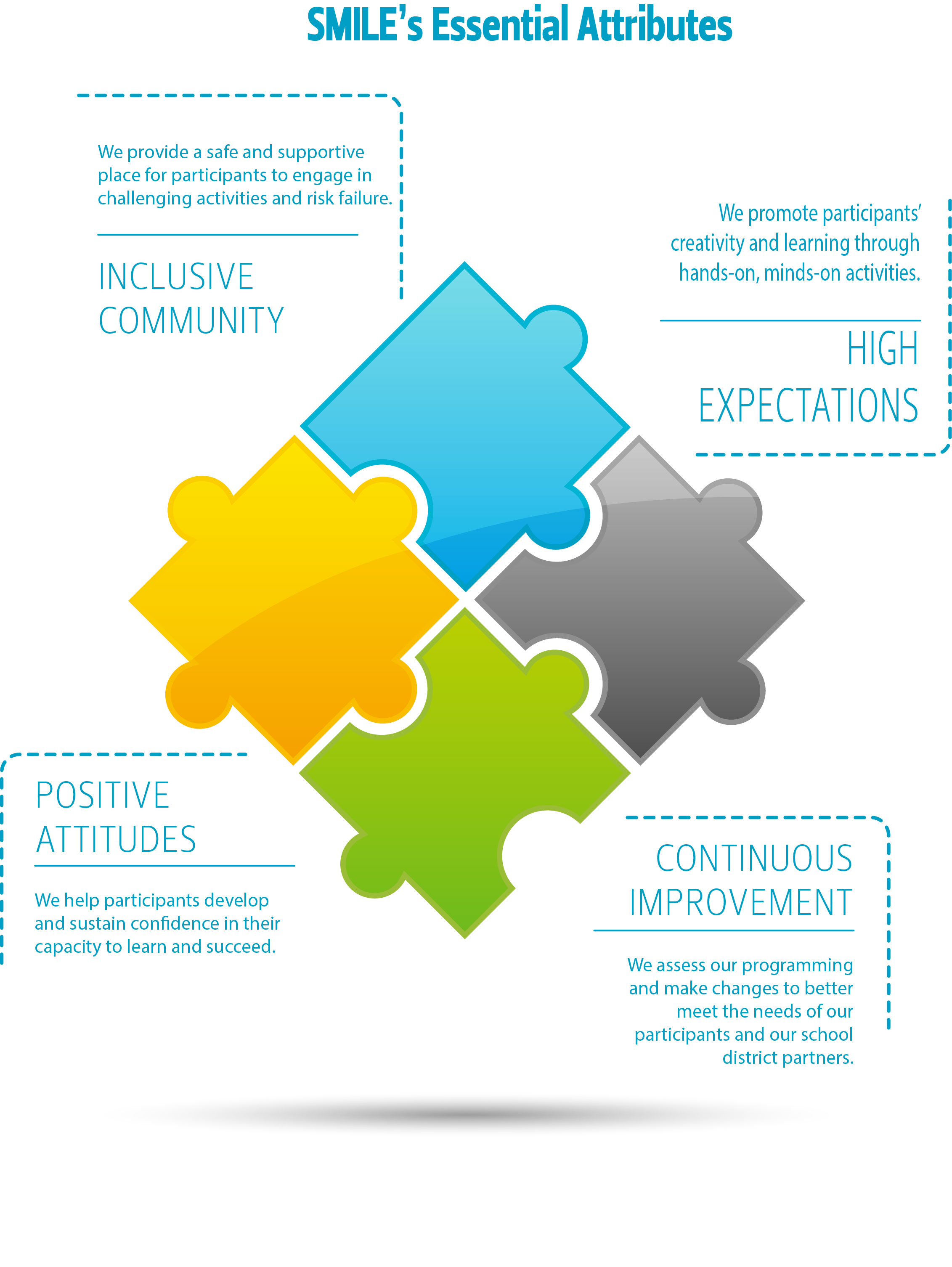Every spring, Oregon State University’s SMILE (Science & Math Investigative Learning Experiences) program, which is part of the Office of Precollege Programs, hosts Challenge events for high school, middle school, and elementary school students. These K-12 students are involved in SMILE clubs all over the state of Oregon. SMILE’s mission is to “increase underrepresented students’ success in STEM degree programs and careers and deliver high-quality teacher professional development” [1].

I am designing an activity for the spring Challenge Events at OSU’s new Marine Geology Repository (MGR) for elementary students (4th and 5th grade) and high school students (9th through 12th grade). Each group of ~25 students will visit the MGR for 1 hour.
I have designed each event with the Next Generation Science Standards (NGSS) in mind. For the high school students, I’ve drawn from HS-ESS2-6, which strives to, “develop a quantitative model to describe the cycling of carbon among the hydrosphere, atmosphere, geosphere, and biosphere. [emphasis is on modelling biogeochemical cycles that include the cycling of carbon through the ocean, atmosphere, soil and biosphere (including humans), providing that foundation for living organisms]” [2]. For the elementary students, I’ve drawn from the disciplinary core ideas for 4th graders related to understanding the history of the Earth and how living things affect the physical characteristics of their regions. For all K-12 students, the NGSS seeks to instil an enduring understanding of the scientific method. Thus, my broad objective is for learners to have an enduring understanding of estuarine habitats and their ecosystem services (especially carbon burial) so they can rationally use and advocate for conservation of coastal resources. Another important goal is for students to see themselves as scientists. I will therefore both speak about my pathway into science and also set up the activities to follow hypothesis-based lines of reasoning.
This is a lot to accomplish in only one hour! I’ve been working to design a lesson plan that covers all of these topics in hands-on activities that fit into my limited timeframe. I plan to allocate 10 minutes to welcoming the students to the core lab, describing the MGR, and talking about my path into science. We’ll then have a 10-minute discussion about the carbon cycle, why it’s important for global climate, and where carbon gets stored. I’ll also play our video of how we collect sediment cores.
Students will then be divided into groups of three and the next twenty minutes will be devoted to a hands-on activity assessing carbon concentrations within a sediment core. The cores I’ve chosen for each group will have obvious stratigraphy, with many different layers of sand, silt, and clay (below is an example). Along the length of the core, I will have a timeline so the students can get a sense of the timeframe over which salt marshes record environmental history. Samples from the core that vary in terms of organic matter content will also be set up under stereoscopes for students to look at the core material in detail. The students will have the ability to feel the sediment and look at it using hand lenses, as well. After the students have been able to observe the core, the aid at the table will ask the students to formulate a hypothesis about what kind of sediment from the core will have the highest carbon content. They will then take small samples (~3) and put them in beakers on a hot plate. A little bit of hydrogen peroxide will then be poured over the samples and the ones that bubble the most will have the highest organic matter content. They will then assess their hypothesis and the aid will lead them through a series of follow up questions. For instance, what kind of sediment (mud or sand) stores the most carbon? What other kinds of factors might influence the amount of carbon buried in salt marshes?
CT scan of an example sediment core used in the activities. The lighter portions of the image are more dense, sandy material. Darker portions of the image are less dense, organic-rich sediment. The left side of the core is the top, which is present day.
Following the activity, we’ll all come back together for a short, ~10-min discussion of what they learned, and I will answer final questions from students. In the remaining time, students will be led on a short tour of the MGR.
Throughout this process, I’ve received a lot of helpful advice and support from friends and colleagues. Members of the College of Earth, Ocean, and Atmospheric Sciences (CEOAS) Science Communication group, including Abby Metzger (the Communication Manager in CEOAS), have provided me with advice along the way and have donated their time to a mock demonstration at the MGR. At the OSU MGR, the education and outreach coordinator, Cara Fritz, and other staff (Maziet Cheseby, Coquille Rex, and Valerie Stanley) have been wonderful sources of knowledge. Cara has additionally graciously agreed to help during the Challenge Events. Additionally, I’m very grateful to the staff at Precollege Programs. I’ve been working with Jay Well, who has been extremely helpful and generous with his time. Outreach takes a village!
Citations:
[1] https://smile.oregonstate.edu/mission
[2] https://www.nextgenscience.org/sites/default/files/AllTopic.pdf


Hi Erin. This sounds like a great activity to address the objectives you highlighted for both the high school audience as well as the elementary students. I think that all the visuals and the hands-on activity offer a great opportunity for the students to really experience the concepts. I also like that you have time at the end of the activity to discuss what the kids learned. Sounds great, and Ill be excited to learn how it goes!